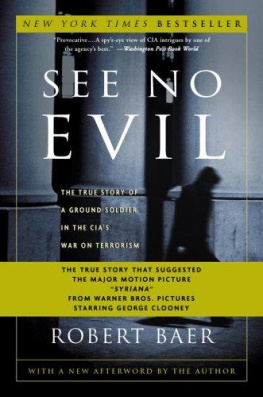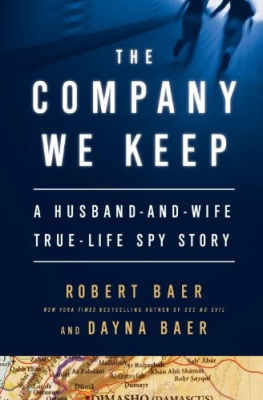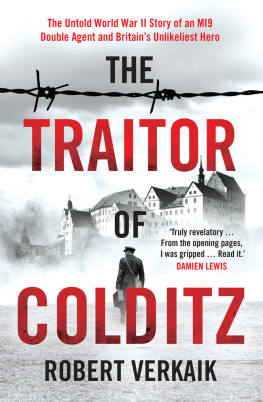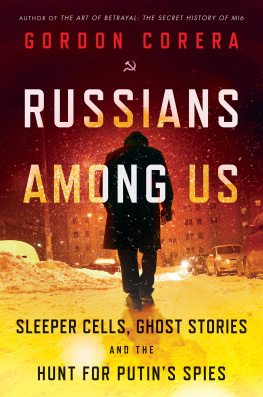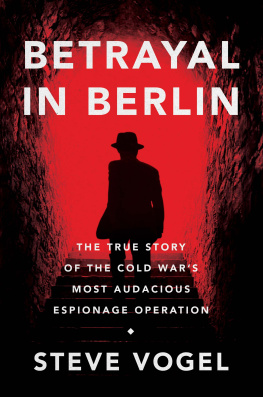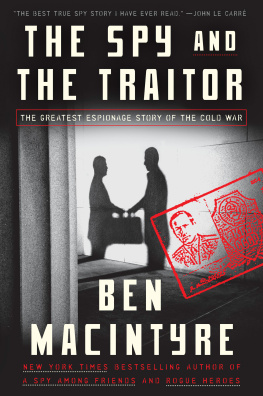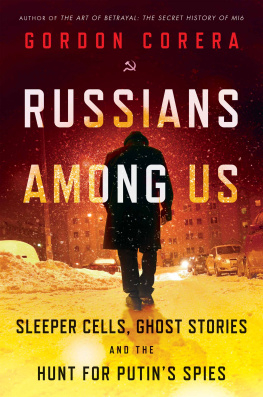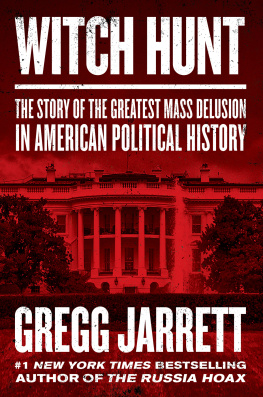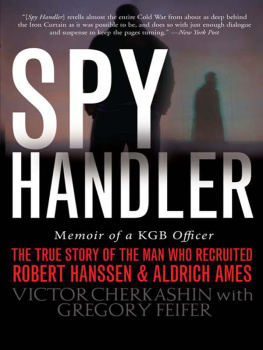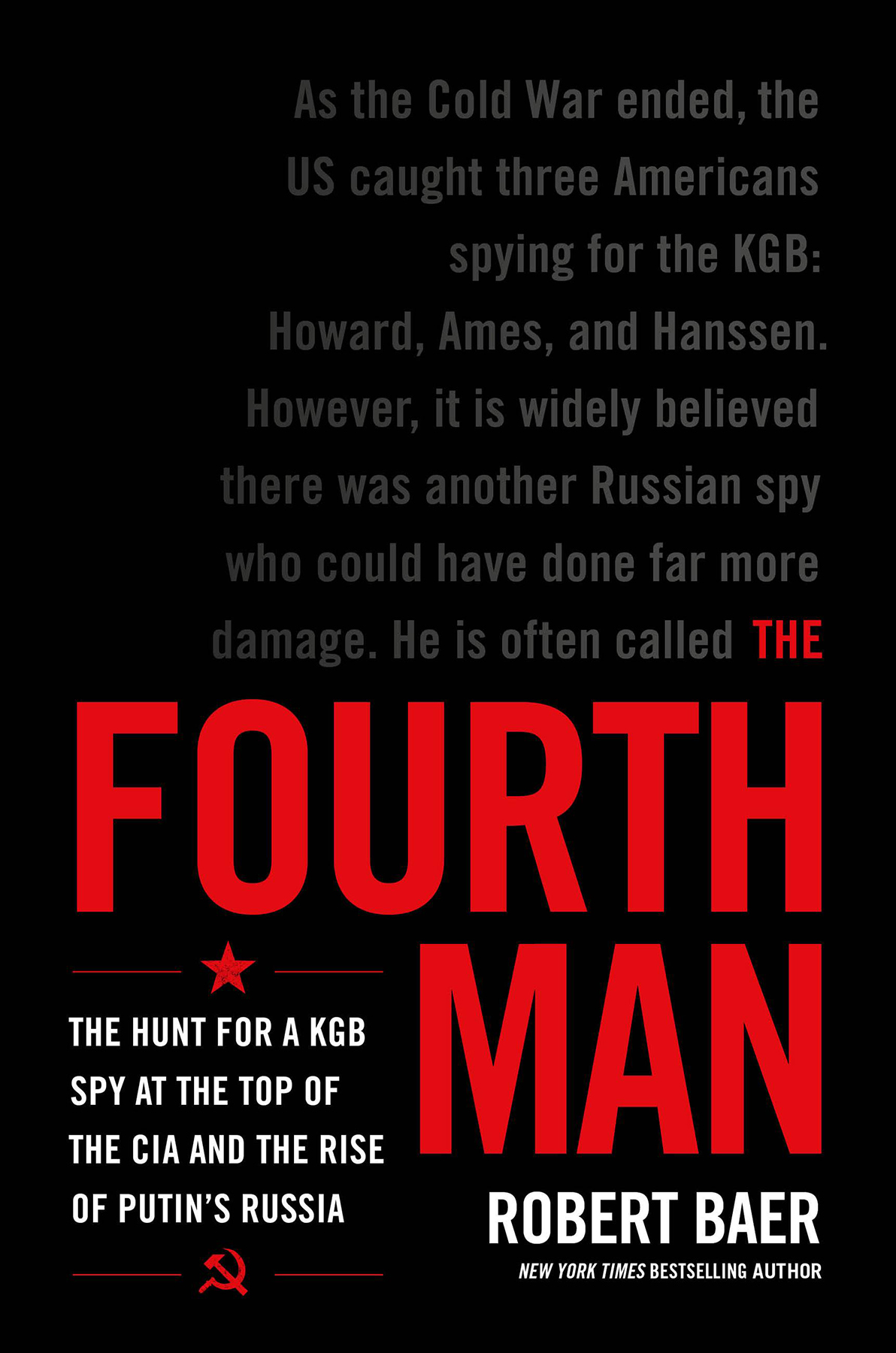
All statements of fact, opinion, or analysis expressed are those of the author and do not reflect the official positions or views of the U.S. government. Nothing in the contents should be construed as asserting or implying U.S. government authentication of information or endorsement of the authors views.
Copyright 2022 by Robert Baer
Jacket design by Amanda Kain
Jacket photograph by Mike Boese
Jacket copyright 2022 by Hachette Book Group, Inc.
Hachette Book Group supports the right to free expression and the value of copyright. The purpose of copyright is to encourage writers and artists to produce the creative works that enrich our culture.
The scanning, uploading, and distribution of this book without permission is a theft of the authors intellectual property. If you would like permission to use material from the book (other than for review purposes), please contact permissions@hbgusa.com. Thank you for your support of the authors rights.
Hachette Books
Hachette Book Group
1290 Avenue of the Americas
New York, NY 10104
HachetteBooks.com
Twitter.com/HachetteBooks
Instagram.com/HachetteBooks
First Edition: May 2022
Published by Hachette Books, an imprint of Perseus Books, LLC, a subsidiary of Hachette Book Group, Inc. The Hachette Books name and logo is a trademark of the Hachette Book Group.
The Hachette Speakers Bureau provides a wide range of authors for speaking events. To find out more, go to www.hachettespeakersbureau.com or call (866) 376-6591.
The publisher is not responsible for websites (or their content) that are not owned by the publisher.
Print book interior design by Six Red Marbles
Library of Congress Control Number: 2022933333
ISBNs: 9780306925610 (hardcover), 9780306925603 (ebook)
E3-20220316-JV-NF-ORI
IN 1991, THE KGB was broken up into several agencies. Most important, its foreign intelligence apparatus was separated from counterintelligence. But for simplicitys sake, Ill often slip into calling the KGB successor organizations simply the KGB, as many Russians do. The KGB is a way of thinking as much as it is an organization. Its just as Ill toggle between Russians and Soviets, as this story jumps back and forth chronologically across the fall of the USSR. In the same spirit, Ill do my best to avoid the usual bureaucratic alphabet soup that comes with spy books. As for references, two books about the KGB and American mole hunting were indispensable for keeping the facts and dates straight in my head: Milt Bearden and Jim Risens The Main Enemy and Sandy Grimes and Jeanne Vertefeuilles Circle of Treason. As for my sources, many prefer to remain anonymous, if for no other reason than the Fourth Man is still the subject of an ongoing criminal espionage investigation. I tried to reach all the main players; though, as Ill get into, many refused to talk about it. For every nonpublic piece of information, I did my best to get at least two corroborating sources. Finally, this story is about the CIAs hunt for the Fourth Man rather than the FBIsthough I will scratch the surface of the latter. Its a story I hope someone else can someday reveal in full.
As the Fourth Man hunt is still an active investigation, in the course of writing this book I offered both the CIA and the FBI the opportunity to remove any information that would impede either organizations investigation. The CIA did ask for minimal redactions, which Ive gladly made. None of them in the slightest changed the narrative or my conclusions about the investigation.
counterintelligence /kan tr ntl dns/ n. The practice of keeping enemies outside your walls and catching the ones inside.
Moscow; 1992
THE PROBLEM WAS how to find a KGB operative in Moscow who didnt want to be found. He deliberately hadnt given the CIA his Moscow phone number or address. He wasnt listed in any Moscow directory the CIA possessed. And there was no way anyone from the CIA was about to knock on the KGBs door to ask for him: The CIA wanted to have a word with the man in private, not give the KGB cause to arrest him for espionage.
Since KGB surveillance and counterintelligence were all over the CIA in Moscow, it was going to make running him to ground all the harder. Even after the Soviet Union came crashing down in 1991, the Cold War declared over and Russia now aligned with the West (on paper, that is), its not the way the KGB saw things. It never for a moment stopped looking at the United States as Russias sworn enemy and at the CIA as primed to sabotage Russia any way it could. With CIA operatives tailed around Moscow, trying to buttonhole any Russian, let alone an intelligence officer, was highly risky if not impossible.
The KGB operative the CIA wanted to talk to was a tall, gaunt, mustached ethnic Georgian by the name of Alexander Ivanovich Zaporozhsky. He joined the KGB in 1975 and since then worked in the counterintelligence directorate of its foreign intelligence service, the First Chief Directorate. After Yeltsin broke up the KGB in 1991, his service was renamed the SVR.
Although Zaporozhsky in his dealings with the CIA always considered himself more accomplice than spyan agent, as the CIA calls themhed started to drop intriguing hints about KGB double agents in American intelligence. To the handful of people who knew about him inside the CIA and FBI, Zaporozhsky was known as Max.
The first time the CIA ran across Max was in 1988 in East Africa. The occasion was Maxs heavy-handed recruitment attempt of an American official assigned to the embassy there. After the embassy official informed the CIA about Maxs suspicious overtures, the CIA decided the best course was to let Max know face-to-face that it would be best to back off. As choreographed in advance, a CIA operativea case officer, in CIA parlanceby the name of Mark Sparkman crashed a dinner between Max and the official. The official quickly stood up and excused himself, leaving Max and Sparkman to continue with dinner. Without missing a beat, Max said he knew exactly where Sparkman worked, the CIA. But Max wasnt put off; rather, he found the turn of events amusing. Why spoil the evening by bolting?
It wasnt a surprise Max knew Sparkman was CIA. The East African country he was assigned to in those days was an obedient Soviet ally that kept the KGB informed about American officials assigned there. Nor were the circumstances of the first meeting between Max and Sparkman all that unusual. In Africa, the rules of engagement between the KGB and the CIA were pretty much made up as you went along. While fraternizing was mostly borne out of sheer boredom, one unintended consequence was to turn Africa into a happy hunting ground for both the CIA and the KGB. Any Russian who wanted to defect or volunteer to spy for the CIA knew exactly whose door to knock on, and vice versa.
Max and Sparkman werent alone at their first encounter. One of Maxs duties was to train the local intelligence service in spy tradecraft. As part of an exercise, Max that night tasked an undercover team to spread out around the restaurant and discreetly observe his dinner with the American embassy official. Who knows what they thought about an uninvited American showing up, but since Max didnt seem to mind, neither did they.
Sparkman suspected he might have a fish on the line for the very reason Max hadnt bolted, which should have been standard protocol for a KGB officer ambushed in this fashion. Instead, they sat for the next couple of hours ironically running through tired Cold War talking points. Sparkmans easygoing Southern charm helped blunt the awkwardness of the first meeting and polish the night. At the end of dinner, they agreed to keep in touch. When Max peeled out of the parking lot, Sparkman knew he was dealing with a conflicted man. He definitely wasnt your usual tight-lipped, ramrod-serious KGB apparatchik.


